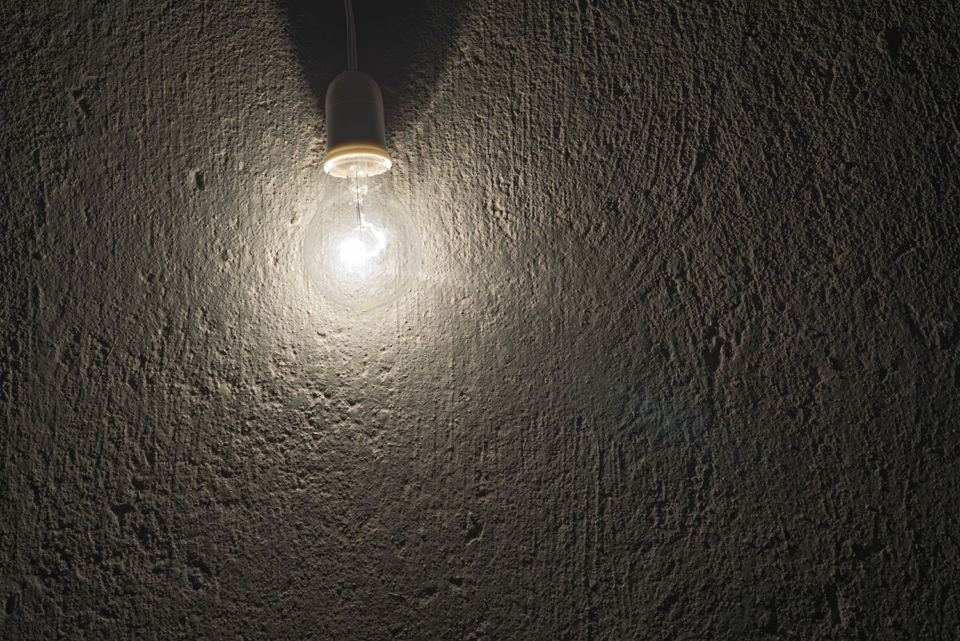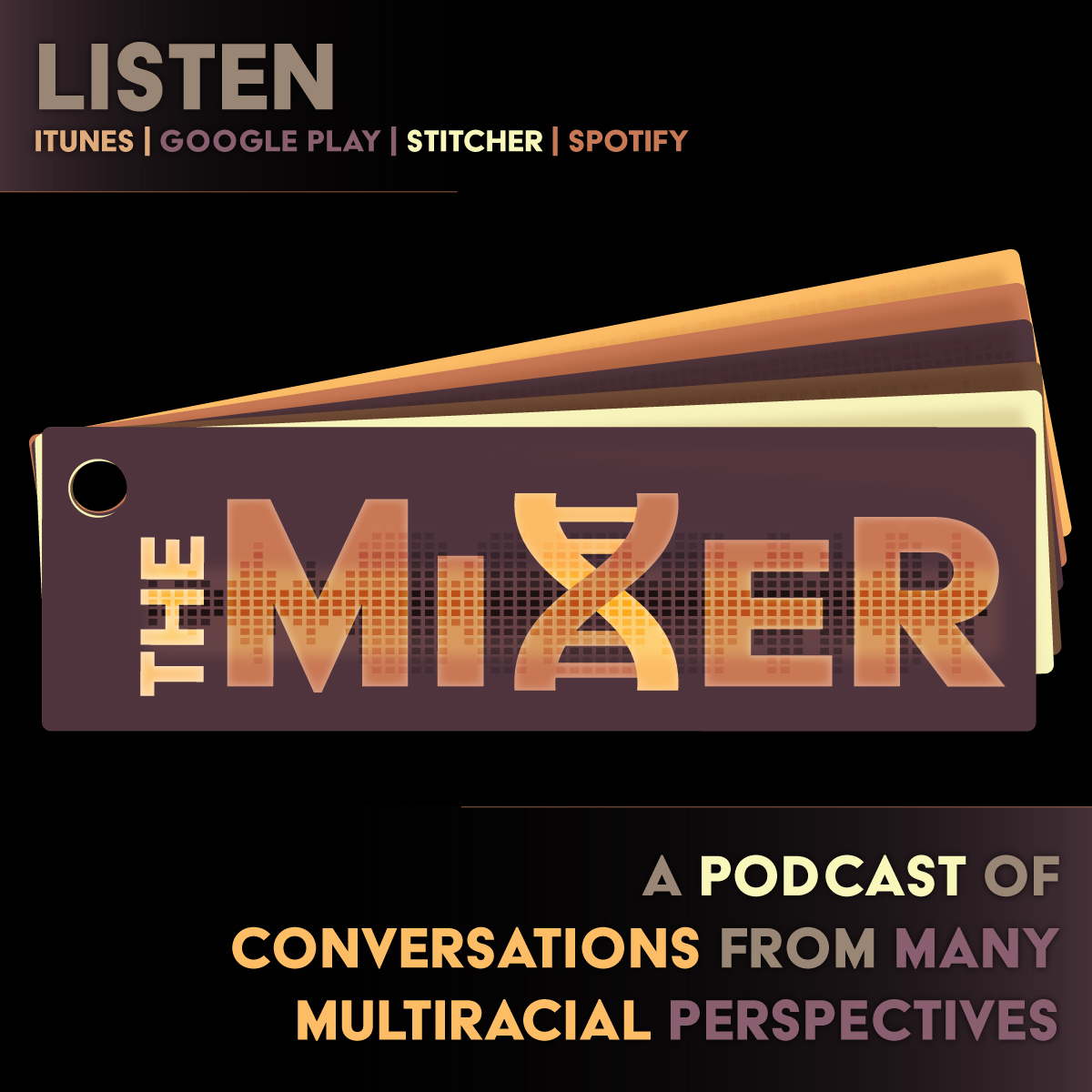by Audra Almond-Harvey

“Negative space, in art, is the space around and between the subjects of an image. Negative space may be most evident when the space around a subject, not the subject itself, forms an interesting or artistically relevant shape, and such space occasionally is used to artistic effect as the “real” subject of an image.”
Want to read more from our contributors? Check out “Half Half Whole” by Tavius Marshall.
Share this Post
I can trace many of my mother’s lines—English, German, Dutch, Norwegian, Irish, and French—back so far that I am most certainly delving into mythological history. My father’s side is a bit different. Understanding his roots is very often an exercise in exploring the negative spaces of history.
I am sometimes asked a question like this one: “Why do you even bother to bring up your racial background? Surely it must be easier to just let yourself pass for white.”
Depending on who is asking, I have a few answers I might give. For one, practically speaking, I cannot let myself forget as the moments in which I do not pass for white would be jarring enough that I might only react out of my passing privilege rather than the hard-earned wisdom beginning to seed in my soul from years of seeking to understand the truth of who I am. Erasing my color would not only force me to separate myself from family who did not come close to passing as white, it would force me to forget many circumstances in my own life. And regardless of what you might think I look like, I have no desire to play those kinds of pretend games with my identity. I live my truth for me, not you.
“I tell my stories in question form.”Audra
Another answer is something like this: I am not born from negative space.
In a white-focused world, the light is shone so brightly on the white subjects in the center of the scene that often the stories hailing from other hues are asked to stand aside, existing only to describe the space around the approved primary subjects of history.
But this is a lie. My grandmothers who were born and died enslaved, my people who hid in the deeps of Louisiana in hopes of avoiding the Trail of Tears and then lost their own stories and language through both disuse and targeted campaigns to erase their histories, the free people of color who lived lives that were simultaneously horrid and noble and self-sacrificing and even rather boring… These stories did not exist in the shadows for those who lived them. These people were the centers of their own worlds, regardless of how infrequently society allowed any form of expression of this truth, just like you and me.
Or I suppose I could just answer with this:
When you tell the story of who you are, you might tell it framed by the answers you have uncovered.
I tell my stories in question form.
I will drag my stories into the
luminous center so that
their obscurity might cease and they
may fill the scene with a clear focus
Perhaps some have been lost
in the penumbra, true
but I will hold space for them
in the clear light of day
anyway

